What Is Mexico’s National Dish? The Spicy Story Behind the Plate That Defines a Nation
Mexico — land of fiestas, sombreros, and some of the most iconic spices on the planet. But when it comes to food, one question has puzzled travelers, chefs, and spice lovers alike: what is Mexico's national dish?
Grab your napkin and prepare your taste buds, because today we’re diving deep into this flavorful mystery. Spoiler alert: There isn’t just *one* answer… but there are plenty of delicious contenders.
Table of Contents
- A Brief History of Mexican Cuisine
- The True National Dish (Spoiler: It’s Not One Dish)
- Chiles en Nogada: The Patriotic Plate
- Mole Poblano: A Rich and Complex Classic
- Tamales: A Traditional Favorite
- Enchiladas and Other Regional Stars
- Spice Breakdown: Mexico’s Flavor Profile
- Buying Guide: Must-Have Spices and Products for Authentic Flavors
- Conclusion: Celebrating the Diversity of Mexico’s National Dishes
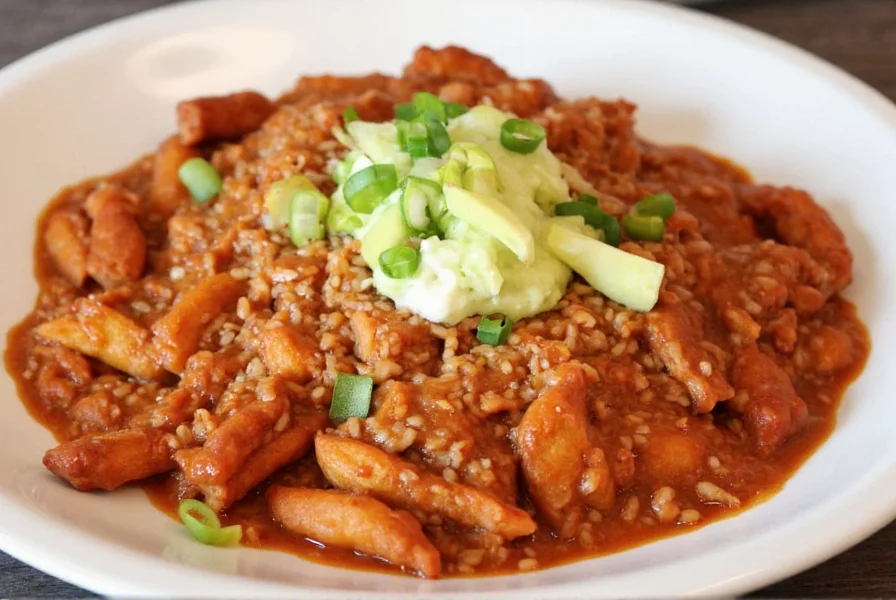
A Brief History of Mexican Cuisine
Mexican cuisine is not just about tacos and tequila — though those are pretty great too. Rooted in the culinary traditions of the Aztecs, Mayans, and other indigenous groups, Mexican food evolved over centuries with the arrival of Spanish colonizers who introduced dairy, rice, wheat, and pork.
This fusion created a uniquely rich tapestry of flavors, textures, and spices that continue to define modern Mexican cooking. From smoky chipotles to earthy cumin and vibrant cilantro, each ingredient tells a story of heritage, adaptation, and passion.
The True National Dish (Spoiler: It’s Not One Dish)
If you search “what is Mexico's national dish,” Google might give you a short list: mole, chiles en nogada, or tamales. But here’s the truth — Mexico doesn’t have an official national dish. Instead, several dishes represent different regions, histories, and celebrations.
Think of it like a national anthem sung in multiple dialects — they all resonate differently, but they come from the same heart.
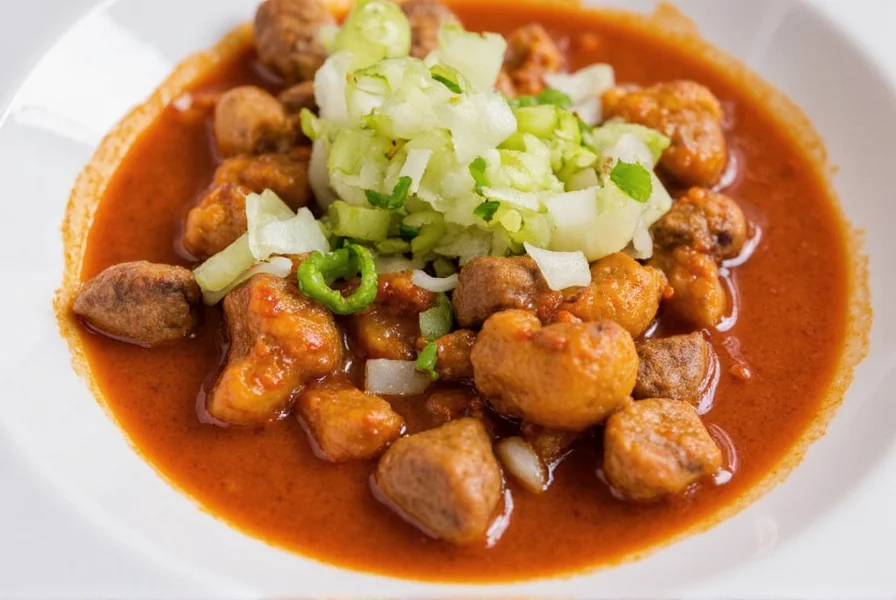
Chiles en Nogada: The Patriotic Plate
If any dish screams “Mexico!” it’s **chiles en nogada** — a stunning trio of green, white, and red, mirroring the Mexican flag. Stuffed poblano peppers, topped with a creamy walnut sauce, and garnished with pomegranate seeds, this dish is as patriotic as it is palate-pleasing.
Traditionally made around Independence Day (September), it combines native ingredients like peaches and Spanish-influenced creaminess. It’s festive, seasonal, and deeply symbolic.
| Dish | Origin | Key Ingredients | Season |
|---|---|---|---|
| Chiles en Nogada | Puebla | Poblano chili, walnut cream, pomegranate, dried fruits | September |
| Mole Poblano | Puebla | Chocolate, chili, almonds, sesame, spices | All year round |
| Tamales | National | Masa, lard, meat/filling, corn husk | Holiday seasons |
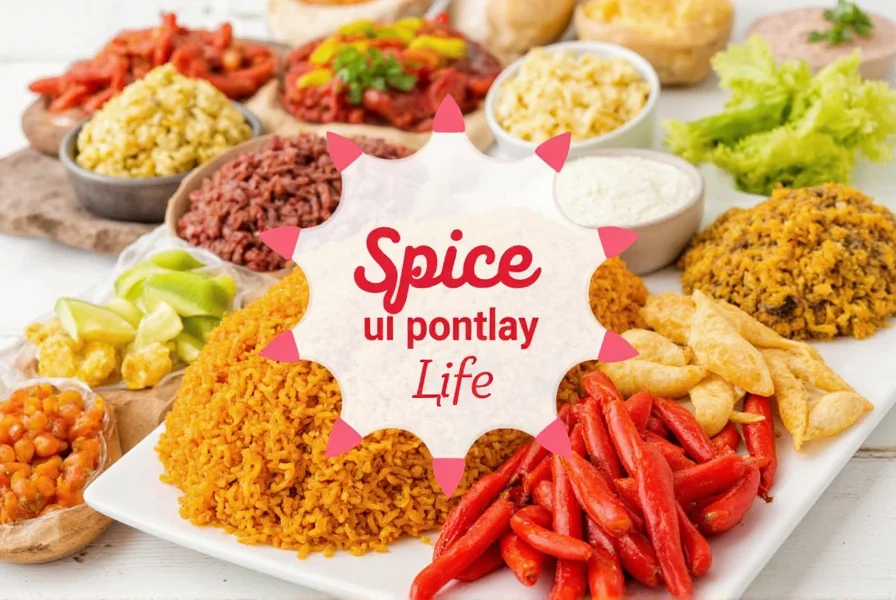
Mole Poblano: A Rich and Complex Classic
Mole might be the most famous word associated with Mexican cuisine after “taco.” And among the dozens of regional moles, none is more iconic than **Mole Poblano** — a thick, dark sauce packed with flavor from chocolate, chilies, nuts, and up to 30 ingredients!
Originally developed by nuns in Puebla, Mole Poblano is traditionally served during special occasions and holidays. Its complex flavor profile makes it a perfect example of how spice plays both a subtle and dominant role in Mexican cooking.
Pro Tip:
- Toasting your spices before grinding them brings out deeper, richer notes in mole sauces.
- Use high-quality chocolate (not sweetened) to balance the heat without overpowering it.
- Make mole ahead of time — it tastes even better the next day!
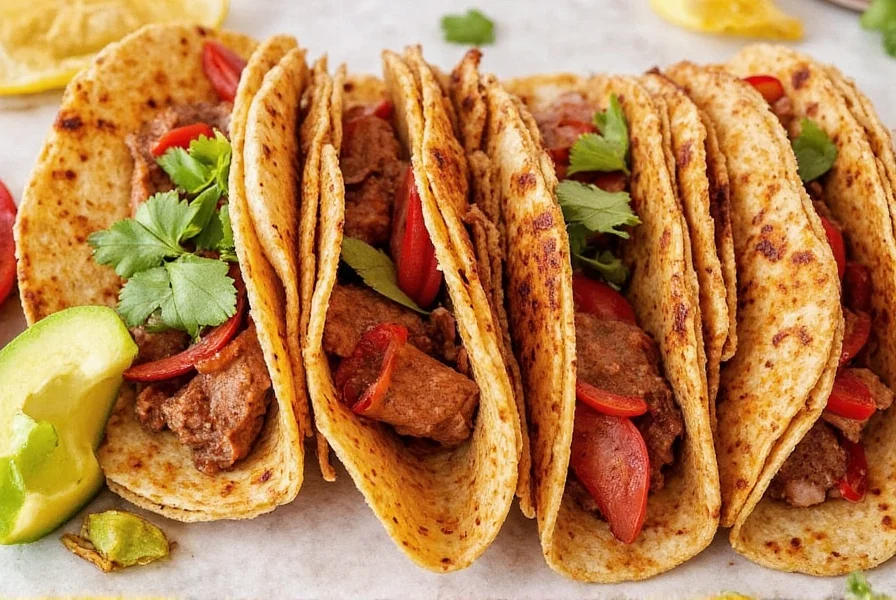
Tamales: A Traditional Favorite
Whether wrapped in banana leaves or corn husks, filled with chicken, pork, or cheese, tamales are a staple across Mexico. More than just food, they're a symbol of family and tradition — especially during Christmas and Día de los Muertos (Day of the Dead).
The process of making tamales — known as a tamalada — often turns into a communal event where friends and family gather to prepare dozens (sometimes hundreds!) at once.
Spice Insight:
- Spice levels vary regionally — Oaxacan tamales tend to be milder, while those from Michoacán can pack a punch.
- Add a touch of epazote or Mexican oregano to the masa for an extra aromatic kick.
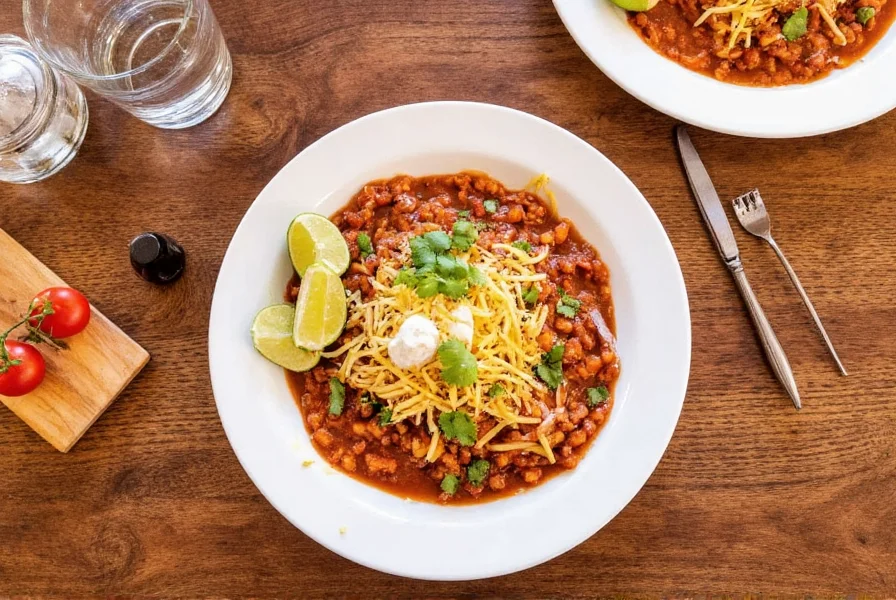
Enchiladas and Other Regional Stars
From the tangy red enchiladas of San Luis Potosí to the seafood-filled versions in Veracruz, **enchiladas** offer a simple yet versatile canvas for showcasing regional spice blends.
Other favorites include:
- Cochinita Pibil – Yucatán’s slow-roasted pork marinated in achiote and sour orange
- Pozole – A hearty hominy soup topped with spicy garnishes
- Barbacoa – Slow-cooked lamb or goat seasoned with garlic, cumin, and dried chilies
Spice Breakdown: Mexico’s Flavor Profile
Mexico’s spice cabinet is a colorful mix of bold, bright, and balanced flavors. Here’s what sets Mexican cuisine apart:
| Spice/Ingredient | Flavor Notes | Common Uses |
|---|---|---|
| Ancho Chili | Fruity, smoky, mild heat | Mole, soups, stews |
| Guajillo Chili | Earthy, berry-like, medium heat | Red sauces, marinades, salsas |
| Chipotle Powder | Smoky, hot, slightly sweet | Rubs, meats, adobo sauces |
| Achiote | Earthy, peppery, vibrant color | Yucatecan dishes, cochinita pibil |
| Epazote | Pungent, herbal, citrusy | Bean dishes, soups, tamales |
Spice Pairing Tip:
- Combine chipotle and cumin for a bold taco seasoning blend.
- Mix cocoa powder with pasilla chili for homemade mole paste.
- Add fresh lime and coriander to any chili-based dish for brightness.
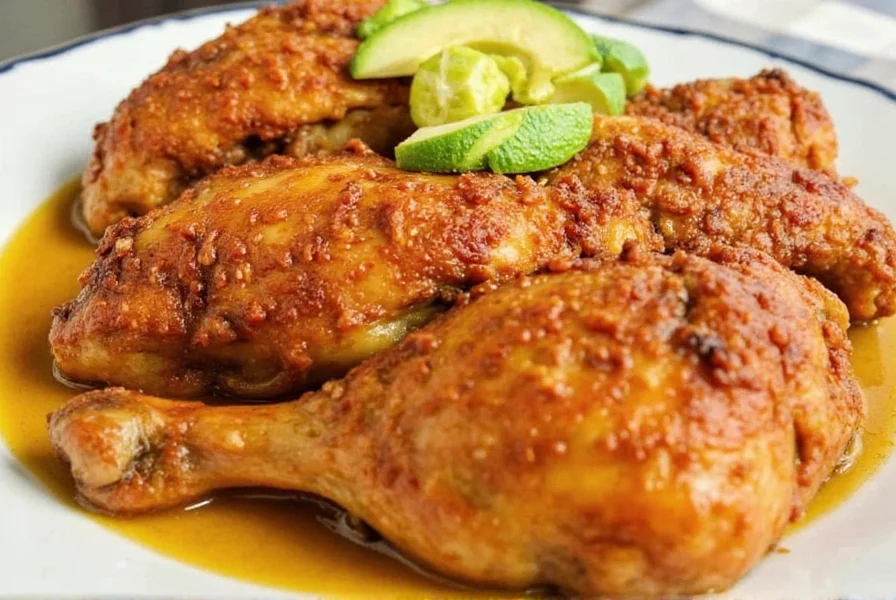
Buying Guide: Must-Have Spices and Products for Authentic Flavors
Ready to bring the soul of Mexico into your kitchen? Whether you're a seasoned chef or a weekend warrior in the kitchen, these are the products you’ll want to keep stocked:
1. Whole Dried Chilies
- Best Brands: La Costeña, Goya, MexGrocer
- Features: Smoky, fruity, versatile; can be toasted, ground, or soaked.
- Use Case: Ideal for salsas, moles, and marinades.
- Target Audience: Home cooks, Mexican cuisine enthusiasts, spice experimenters.
- Suitable Occasions: Taco nights, holiday meals, DIY sauces.
2. Ground Ancho & Guajillo Powders
- Best Brands: McCormick, Badia, Simply Organic
- Features: Instant flavor boosters with mild to moderate heat.
- Use Case: Soups, rubs, dry spice mixes, enchilada sauces.
- Target Audience: Busy home cooks, meal preppers, spice lovers.
- Suitable Occasions: Weeknight dinners, potlucks, batch cooking.
3. Achiote Paste
- Best Brands: El Mexicano, Goya, Dona Maria
- Features: Earthy, peppery, naturally colored; base for Yucatecan dishes.
- Use Case: Marinating meats, especially for cochinita pibil.
- Target Audience: Adventurous cooks, Latin cuisine fans.
- Suitable Occasions: BBQs, parties, special occasion meals.
4. Epazote Leaves (Fresh or Dried)
- Best Sources: Latino markets, specialty spice shops, online retailers
- Features: Strong aroma, herbal-citrus notes, helps reduce bean gas!
- Use Case: Bean dishes, tamales, soups, traditional fillings.
- Target Audience: Bean lovers, authentic recipe followers.
- Suitable Occasions:
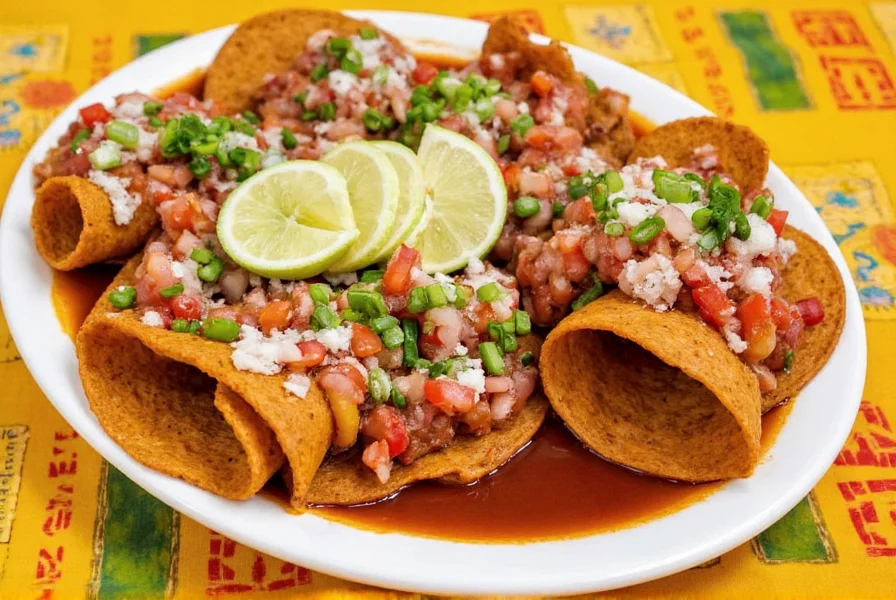
Conclusion: Celebrating the Diversity of Mexico’s National Dishes
So, what is Mexico's national dish? The answer is simple: There isn't just one. Mexico’s culinary identity is built on diversity, pride, and centuries of cultural blending.
Whether it’s the patriotic chiles en nogada, the decadent mole poblano, or the humble tamale, each dish represents a piece of Mexico’s soul. Embracing the variety of flavors and traditions behind these foods allows us to truly appreciate what makes Mexican cuisine so special.
So next time you take a bite of that smoky, spicy, savory dish, remember — you're not just eating food. You're tasting history, culture, and passion all rolled into one.
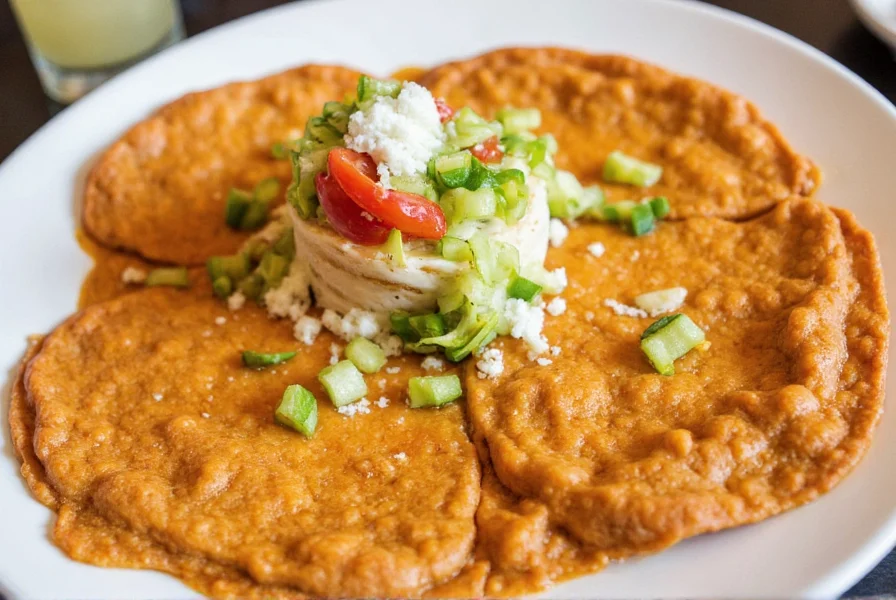
Want to Try These Dishes at Home?
Start building your spice rack with authentic Mexican ingredients. Your taste buds — and your guests — will thank you!

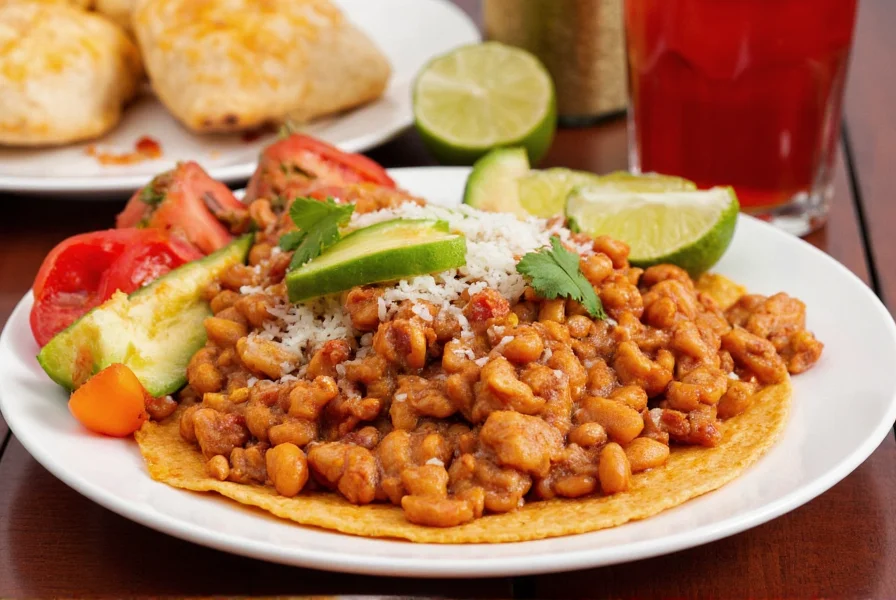









 浙公网安备
33010002000092号
浙公网安备
33010002000092号 浙B2-20120091-4
浙B2-20120091-4